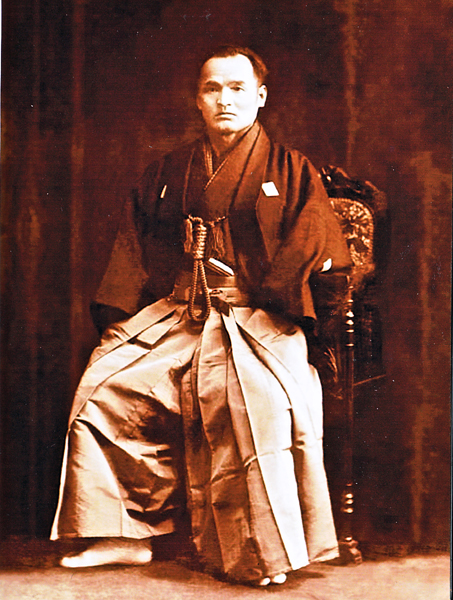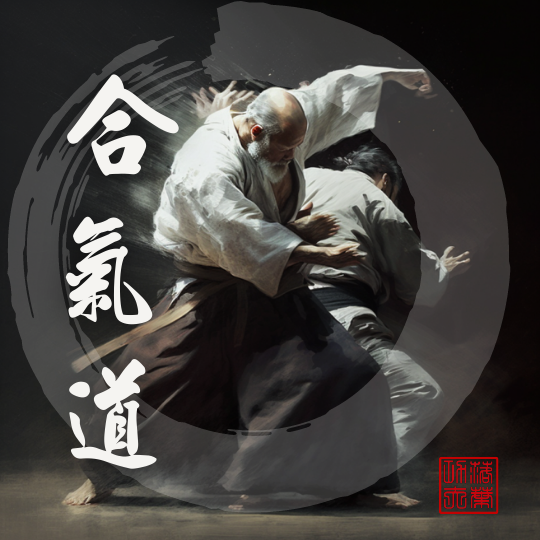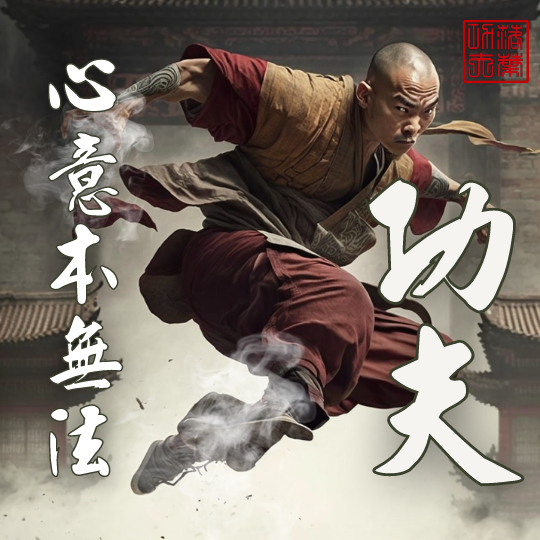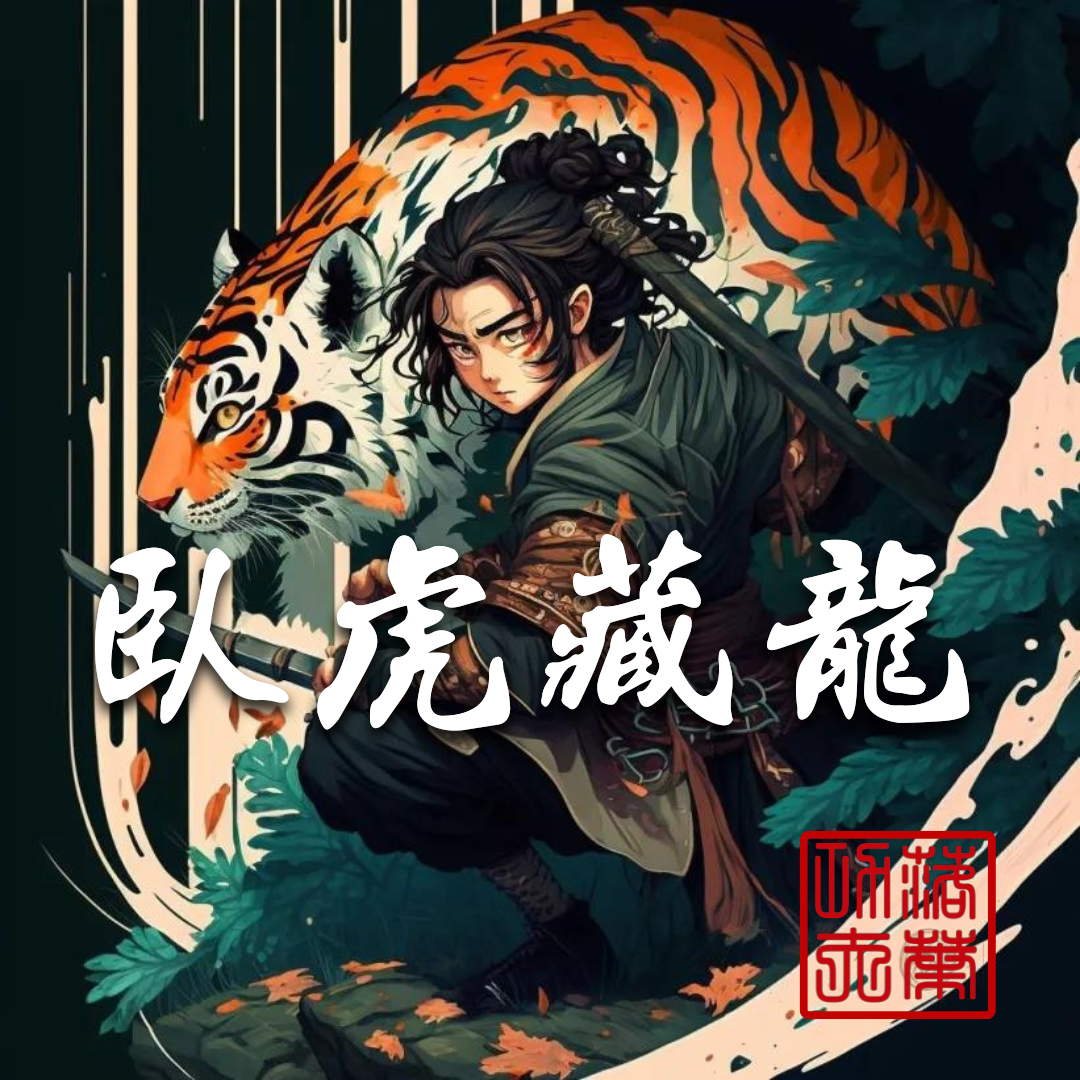
Introduction:
Daito-Ryu Aikijujutsu, an enigmatic martial art with deep roots in Japanese history, offers profound insights into the world of self-defense. This article explores the fascinating origins and history of Daito-Ryu, its legendary founder Takeda Sokaku, and how it inspired Aikido. We also delve into Ellis Amdur’s captivating book, “Hidden in Plain Sight,” discuss today’s prominent Daito-Ryu teachers, and compare it to the Chinese martial art I Liq Chuan.
Origins and History:
Daito-Ryu Aikijujutsu dates back over 900 years, originating in the Heian period. Samurai warriors developed this martial art to overcome enemy soldiers clad in armor. In time, Daito-Ryu evolved into a sophisticated system, focusing on joint locks, throws, and strikes.

Takeda Sokaku: The Modern Reviver:
Takeda Sokaku, born in 1859, is the figure most responsible for Daito-Ryu’s modern revival. As a martial artist of exceptional skill, Sokaku traveled Japan, honing his abilities and learning from various masters. In the late 19th century, he started teaching Daito-Ryu, emphasizing the art’s effectiveness and adaptability.
His rigorous training and relentless pursuit of knowledge led him to revive Daito-Ryu Aikijujutsu, making it accessible to modern practitioners. Takeda’s relentless passion and exceptional skills earned him great respect in the martial arts community, and his legacy continues to inspire generations of martial artists worldwide.

source: http://www.daito-ryu.org/
Influences on Aikido:
Morihei Ueshiba, the founder of Aikido, trained extensively under Takeda Sokaku. Daito-Ryu’s principles, such as blending with an opponent’s energy, heavily influenced Aikido’s development.
While both Aikido and Daito-Ryu Aikijujutsu have a shared lineage, their philosophies and techniques have diverged significantly. Here, we compare and contrast these two martial arts to better understand their similarities and differences.
Philosophy:
Aikido, created by Morihei Ueshiba, places a strong emphasis on non-aggression, harmony, and blending with an opponent’s energy. Its primary goal is to neutralize attacks without causing unnecessary harm. Daito-Ryu, on the other hand, retains its samurai roots, focusing on the practicality and effectiveness of self-defense. This martial art aims to subdue opponents with powerful techniques, making it more aggressive than Aikido.
Techniques:
Aikido’s techniques are characterized by fluid, circular movements that redirect an opponent’s energy. Joint locks and throws are executed with a sense of flow and minimal resistance. In contrast, Daito-Ryu employs a more direct approach, using powerful joint locks, strikes, and throws to neutralize an attacker. Its techniques often involve sudden, explosive movements that can be quite forceful.
Training Methods:
Aikido training typically emphasizes cooperative practice, where partners work together to understand and execute techniques. This approach fosters a sense of mutual growth and understanding. In Daito-Ryu, training can be more intense and demanding, more comparable to the rigorous training found in competitive Judo or Brazilian Jiu-Jitsu.
In summary, while Aikido and Daito-Ryu Aikijujutsu share common origins and some fundamental principles, they have evolved into distinct martial arts.
Aiki in Daito-Ryu:
The kanji for “aiki” (合気) is composed of two characters:
- 合 (ai): This character means “to join” or “to unite,” signifying harmony or blending.
- 気 (ki): This character represents “breath,” which is considered the root of the life force that flows through all living things. In traditional Eastern thought, breath is believed to be a vital energy responsible for sustaining life.
In Daito-Ryu Aikijujutsu, Aiki refers to the unification of mind, body, and breath, resulting in the development of unusual power. This concept is at the core of the martial art and goes beyond the idea of merely blending with an opponent’s energy. By cultivating aiki, practitioners can generate a potent force that allows them to perform techniques with enhanced efficiency and effectiveness.
Critics of Modern Aikido:
Many critics of modern Aikido argue that the cultivation of aiki has been lost or diluted in the contemporary practice of the art. They believe that the emphasis on harmony and non-aggression in Aikido has led to a diminished focus on the development of aiki as a source of power. As a result, some assert that Aikido techniques have become less potent and practical for real-life self-defense situations.
“Hidden in Plain Sight” by Ellis Amdur:
In his book “Hidden in Plain Sight,” Ellis Amdur explores the internal aspects of Daito-Ryu. Amdur argues that the martial art’s true power lies in cultivating the body’s fascia, a connective tissue that unites muscles, bones, and organs. By developing this tissue, practitioners can generate immense power and control in their movements.
Daito-Ryu and Hapkido
“Daito-ryu is recognized as the mother of Hapkido. The founder of Hapkido, Choi Yong-Sool, studied Daito-ryu jiujitsu under Takeda Sokaku in Japan and later combined his learnings with various Korean martial arts and philosophies, creating a new and distinct martial art system. Today, Hapkido practitioners still honor the origins of their art by incorporating the principles and techniques of Daito-ryu in their training.”
Prominent Teachers of Daito-Ryu Today:
Daito-Ryu continues to flourish under the guidance of dedicated teachers. Katsuyuki Kondo, a direct student of Takeda Tokimune, Sokaku’s son, is a well-known figure in the Daito-Ryu community. Other prominent instructors include Seigo Okamoto, the founder of the Roppokai branch, as well as Dan Harden, Howard Popkin, and Roy Goldberg, all leading authorities in the United States.
In 2019, Roy Goldberg participated with the founder of Zhong Xin Dao I Liq Chuan, Grandmaster Sam FS Chin in a short series of joint seminars in NY State.
Comparison to I Liq Chuan:
I Liq Chuan, a Chinese martial art, shares some similarities with Daito-Ryu. However, I Liq Chuan relies more on Tai Chi and Zen principles, while Daito-Ryu has its roots in Japanese samurai traditions.
I Liq Chuan, a Chinese martial art, places great emphasis on the development of fullness, balance, and sensitivity through various exercises and unique training methods. Among these methods is the practice of spinning and sticky hands, which is sometimes referred to as moa sao 磨手 or “grinding hand” in Chinese. Sticky hand is referred to as chi sao 黐手; the entire system of partner training methods was sometimes referred to as chi moa sao 黐磨手.

Basic Exercises:
I Liq Chuan’s basic exercises are designed to help practitioners gain a strong foundation in body awareness and movement. These exercises focus on cultivating mindfulness, proper posture, and alignment. By practicing these fundamental drills, students can improve their balance, fluidity, and overall control over their bodies.
Spinning and Sticky Hands Training:
The spanning and sticky hands training in I Liq Chuan is a distinctive aspect of the art. This practice involves engaging with a training partner in a series of continuous, circular movements designed to develop sensitivity and responsiveness to changes in pressure, direction, and force. Through this close contact, practitioners learn to read and anticipate their partner’s intentions, allowing them to adapt and react effectively in self-defense situations.
The concept of “moa sao” or “grinding hand” highlights the importance of maintaining contact and continuous pressure during this practice. By refining their skills in spinning and sticky hands, I Liq Chuan practitioners can develop a heightened sense of fullness, balance, and sensitivity, which are essential qualities for effective self-defense and martial arts practice.
Conclusion:
In conclusion, Daito-Ryu Aikijujutsu, a martial art with a rich history, deeply influenced the development of both Aikido and Hapkido, although the arts have since diverged in philosophy and technique. As a result of criticism surrounding Aikido’s potential loss of aiki power, many Aikido practitioners are returning to its mother art, Daito-Ryu, to rediscover the source of Morihei Ueshiba’s exceptional abilities. Today, Daito-Ryu thrives under prominent instructors like Katsuyuki Kondo and Roy Goldberg, and shares some similarities with the Chinese martial art I Liq Chuan. Both arts, with their unique approaches and training methods, continue to offer valuable insights into the world of self-defense and personal growth.
Read More!
- Why Hand-to-Hand Combat Still Matters in the Firearm Era
- What is a Kung Fu Master Called?
- Woman Fight’s Off Her Attacker At The Gym!
- Bruce Lee’s Real Fights: The True Stories Behind the Legend
About the Author

Ashe Higgs, I Liq Chuan Master Instructor & L2 Nutrition Coach
Ashe is a highly skilled martial arts instructor and certified nutrition coach with over two decades of experience in the field. He holds a Master Instructor certification in I Liq Chuan under Sam FS Chin, making him one of only several individuals worldwide to hold the title. He has taught classes and workshops worldwide and is passionate about helping others achieve their fitness and wellness goals.
With a background in full-contact fighting and a Level 2 certification from Precision Nutrition in nutrition coaching, Ashe is a well-rounded expert in the fields of martial arts. In addition to his expertise, he has a wealth of experience in teaching and mentoring others. He has a natural ability to connect with his students and inspire them to reach their full potential.


































